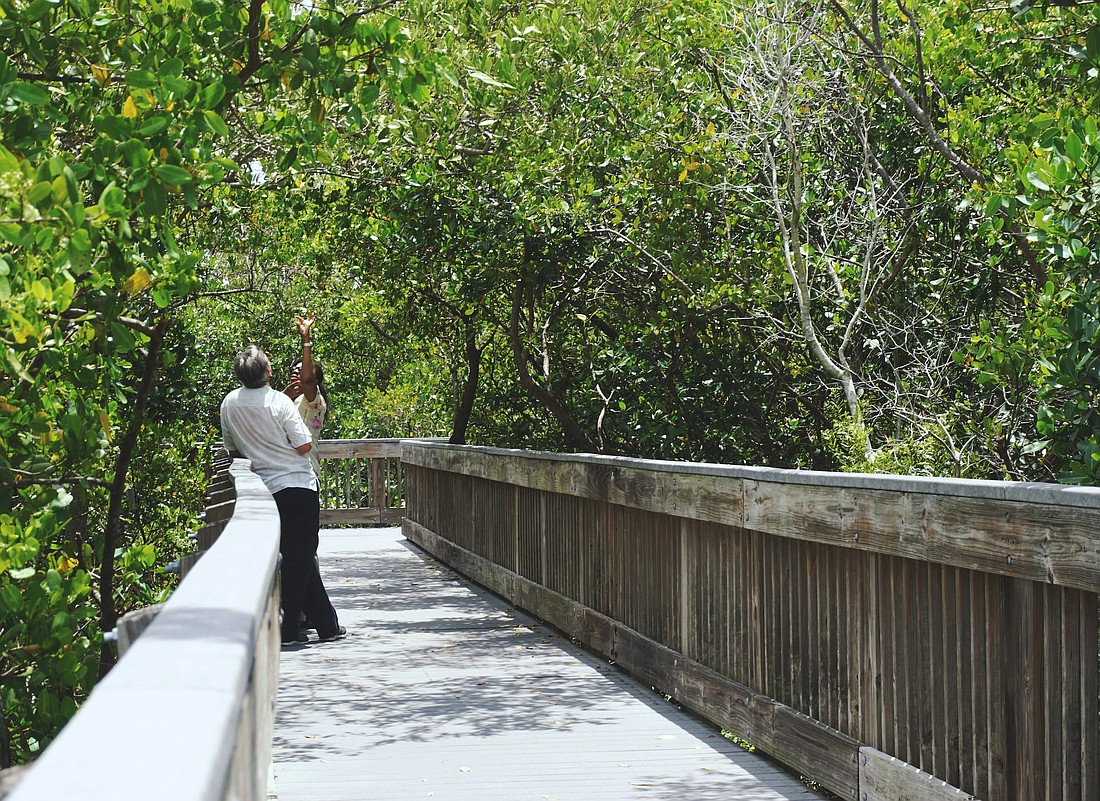- July 26, 2024
-
-
Loading

Loading

The Trust for Public Land, a national nonprofit that promotes the benefits of spending time outdoors, has released its annual ParkScore index, which ranks park systems in the 100 most populous U.S. cities and is widely considered the gold standard for park evaluation.
According to a news release, St. Petersburg ranks No. 15 on the list, while Tampa lands at No. 43. The ParkScore index uses five criteria to determine rankings: park access, park equity, park acreage, park investment and park amenities.
St. Pete’s ParkScore ranking, the release states, was lifted by strong marks for park access and park investment. According to the Trust for Public Land, 77% of St. Pete residents live within a 10-minute walk of a park, just above the national ParkScore average of 76%. The city also invests generously in its park system, spending $186 per person on parks, far above the national ParkScore average of $108.
Across the bay, 65% of Tampa residents live within a 10-minute walk of a park, and the city spends $103 per person on its park system. Tampa’s park investment has improved significantly in recent years, the release states, but still lags behind the national ParkScore average.
Washington, D.C., has the highest ParkScore in the nation, followed by St. Paul, Minnesota; Minneapolis; Irvine, California; and Arlington, Virginia.
In addition to the 2023 ParkScore index, the Trust for Public Land published new research, based on Centers for Disease Control and Prevention, that found that cities with high ParkScore rankings are healthier places to live. Residents of cities ranked 1-25 on the ParkScore index, the release states, are 9% less likely to report poor mental health than residents of lower ranking cities. Residents of these higher-ranking cities are also 21% less likely to be physically inactive. The correlation holds true even after controlling for race/ethnicity, income, age and population density.
“Health professionals have long understood that physical play and exercise is essential for childhood development, but we’re just starting to grasp the mental health benefits,” states Dr. George Benjamin, executive director of the American Public Health Association, in the release. “Simply being in a quiet natural place promotes stress reduction and attention restoration, and evidence suggests that local green space serves as a gathering point that fosters community cohesion, allowing for people to know their neighbors and form social bonds that promote health and safety.”